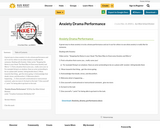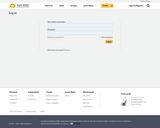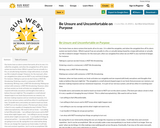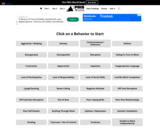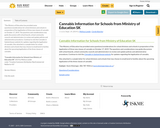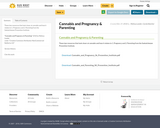Un recueil de matériel pour le soutien de tout.e élève, en considérant les diverses forces et besoins de chacun.e. Le tout est en français. Niveau scolaire: 1ere à 9e année.
Collections proposées:
-Le point de vue de l'élève: « Utilisez les formulaires de cette section pour recueillir des renseignements sur vos élèves. »
-Le point de vue des parents: « Utilisez les formulaires de cette section pour orienter les discussions avec les parents ou encore comme outils pour recueillir des renseignements sur vos élèves, aux fins de planification. »
-Français: « Cette section contient les grilles d’évaluation en fonction du niveau scolaire pour l’écriture, l’exposé, l’écoute, l’interaction et le travail avec les autres élèves. »
-Mathématiques*: « Cette section comprend des grilles d’évaluation en fonction du niveau scolaire sur les notions mathématiques relatives au sens du nombre. »
-Participation à la vie sociale et comportement: « Utilisez les stratégies, les appuis à l’enseignement et les outils de planification contenus dans cette section pour améliorer la participation sociale des élèves » (comprend des gabarits de plans individualisés de renforcement du comportement)
-Information sur les conditions médicales et les incapacités: « Certains élèves peuvent présenter plus d'une condition médicale ou plus d'une incapacité; de ce fait, il sera primordial que les enseignants les considèrent comme un tout lorsqu'ils détermineront les stratégies et les appuis nécessaires. »
-Exemples de gabarits pour les plans d'intervention*
-Stratégies et appuis à l'enseignement: Universels, visés & spécialisés
-Technologies d'apprentissage: Information à l'intention des enseignant.e.s
-Perfectionnement professionel*: « Cette section contient des exemples d'activités d'apprentissage professionnel qui peuvent être effectuées à l'école ou dans l’autorité scolaire afin d'approfondir les connaissances des enseignants sur la planification de la réussite pour chaque élève de la classe. »
*Plusieurs liens dans cette section ne sont pas à date.
